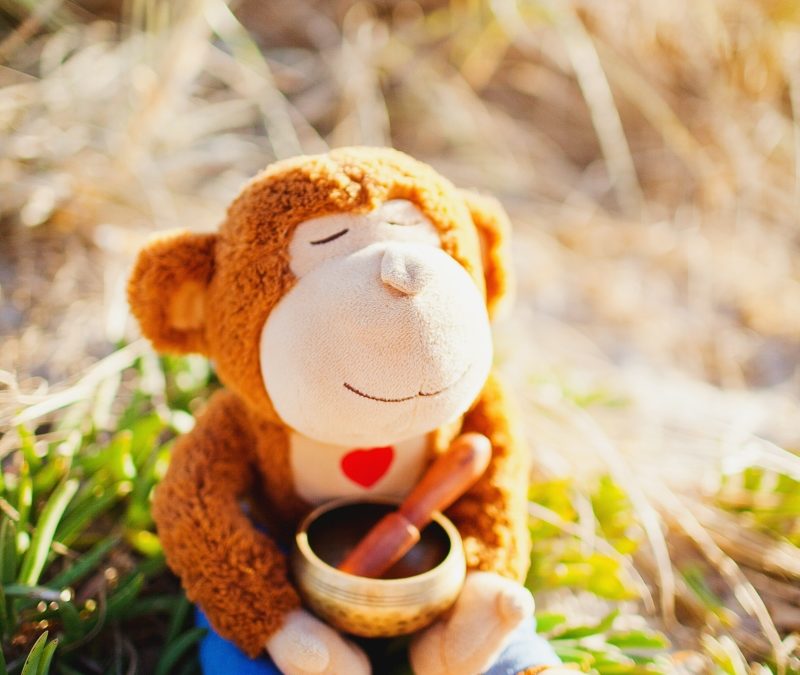The practices of yoga and mindfulness, once applied with children on the autism spectrum can calm down and regulate emotions more easily. In addition to the benefits typically associated with strength and flexibility, there is already evidence that the practice of yoga also reduces pain, anxiety, obsessive behaviors in children on the autism spectrum. The practice can also improve relationships and social skills. Children who practice yoga and mindfulness feel more confident and make friends more easily.
At school, tiredness and excessive information often reduces the focus of all children, including the typical ones. Studies shown that just 20 minutes of mindfulness practices in the middle of classes reduces children’s anxiety, agitation and frustration. Through face-to-face guidance, short mindfulness’ videos (https://mindfulkiddo.com.au), images shown on cards, postures through ‘small yogis’ (https://www.smallyogis.com), children can feel more confident to copy it and put themselves on the poses that feel right for their bodies. Just short daily practices done in the classroom can reduce challenging behaviors, irritability, social self-exclusion, aggressiveness and hyperactivity in children on the autism spectrum.
Some schools, teachers and parents are resistant to the word yoga or mindfulness, associating the practice with religion. Yoga practices, especially in schools, has nothing to do with religion, it is a practice in which postures, breathing exercises, relaxation techniques and self-regulation tools are taught in a creative way. The goal is for the child to be able to learn techniques to overcome the challenges in the school and everyday life.
By Manila Barnett


Recent Comments